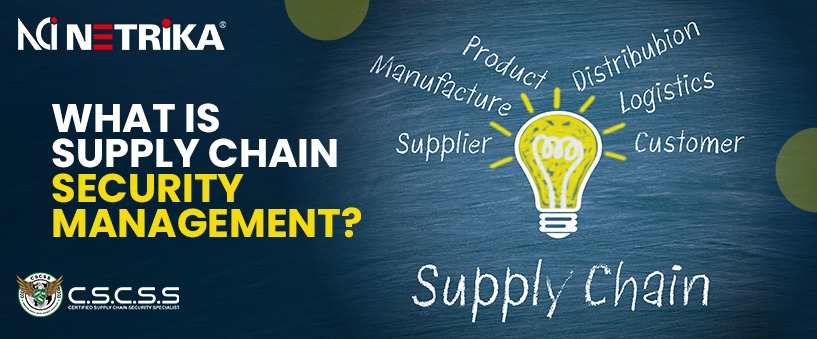The benefits of supply chain management certification
Supply chain management certification provides thorough knowledge to safeguard the physical integrity of the enterprise while also defending against cyber threats. It also allows the user to explore the physical threats, including theft and sabotage, that can be mitigated by tracking and reviewing regulatory paperwork.
Supply chain security training fulfils this criterion by giving professionals the techniques to gain significant operational efficiency and lower costs. The online supply chain management course allows a strategic positioning of end-to-end business operations to produce economic value.
Supply chain analytics certification also offers the following advantages for the organisation:
- Enhances the firm’s Supply Chain network
- Improves communication inside the organisation
- Minimises delays
- Reduces costs
Moreover, supply chain management certification experts have an advantage over their peers. It is not only the most popular professional path, but it also has the best future possibilities. Additionally, it also:
 Increases your hiring possibilities.
Increases your hiring possibilities.
 Provides a starting wage.
Provides a starting wage.
 Provides you with the attributes required to increase your professional value.
Provides you with the attributes required to increase your professional value.
 Makes full use of your company’s ERP investments.
Makes full use of your company’s ERP investments.
 Allows you to increase and maintain customer satisfaction.
Allows you to increase and maintain customer satisfaction.
 Handles end-to-end supply processes efficiently.
Handles end-to-end supply processes efficiently.
 Master the key understanding required for the logistics, transportation, and distribution industries. This will allow you to expand your expectations in the logistics field and introduce new ideas to your firm.
Master the key understanding required for the logistics, transportation, and distribution industries. This will allow you to expand your expectations in the logistics field and introduce new ideas to your firm.
 Maintain awareness of worldwide logistics trends and developments.
Maintain awareness of worldwide logistics trends and developments.
 Increase your self-esteem by becoming recognised as a logistics and supply chain professional.
Increase your self-esteem by becoming recognised as a logistics and supply chain professional.
The supply chain management certificate is designed for a variety of people involved in supply chains and logistics, including executives, supervisors, engineers, analysts, experts, organisers, manufacturing, industrial, and process designers, as well as managers of receiving, operations, production, storage facilities, and group leaders.


 Increases your hiring possibilities.
Increases your hiring possibilities. 